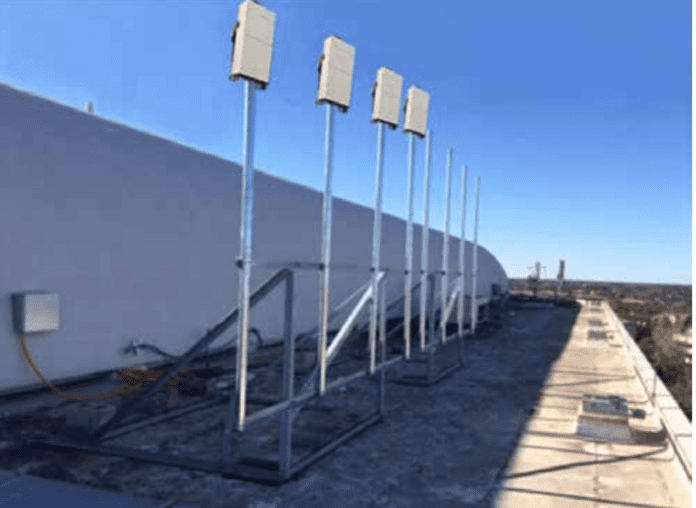Broadband internet service in the U.S. has been plagued by uncompetitive practices. Large, nationwide internet service providers (ISPs) have built monopolies that prohibit innovation, drive down levels of service, and block competitors from entering the market. In its 2016 Broadband Progress Report, the Federal Communications Commission (FCC) found that only 38% of Americans have more than one choice of broadband provider, and only 10% of Americans have access to broadband speeds of up to 25 Mbps downlink/3 Mbps uplink. Many Americans lack access to broadband internet entirely, especially in rural areas: 39% of rural Americans, 4% of urban Americans, and 41% of Americans living on Tribal lands do not have access to broadband services. In light of these factors, the FCC concluded that “advanced telecommunications capability is not being deployed to all Americans in a reasonable and timely fashion.”
Compounding this issue is the ever-increasing consumer demand for broadband access. Online media continues to grow in popularity, and as a result, many wireline and cable service providers are experiencing customer churn. In the first quarter of 2017, 612,000 Americans cancelled their pay-TV subscriptions (referred to as “cutting the cord”), and an additional 10.8 million pay-TV subscribers are predicted to cut the cord by 2021. As pay-TV gives way to online subscription services, the need for fast and reliable broadband internet is being brought into sharp focus.
Some organizations have attempted to provide a better broadband option to consumers, through the deployment of fiber-optic networks. For example, Google Fiber, announced in 2010, offers fiber-to-the-home (FTTH) high-speed broadband internet with downlink speeds of up to 1 Gbps. Verizon Fios is another FTTH fiber solution that offers high-speed broadband, up to a “Fios Gigabit Connection” of 940 Mbps down/880 Mbps up. Such networks serve to raise consumer expectations of broadband internet, pressuring ISPs to improve service. However, deploying fiber networks is a slow and expensive process, with an installation cost estimated to be approximately $1000 per home. Accordingly, despite the high speeds available with fiber, time and cost expenses prohibit fiber as a practical broadband remedy.
Therefore, to overcome the problems of anti-competitive ISPs and increasing demand for high-speed broadband services, a new solution is required. A promising option is to adopt millimeter wave (mmWave) technology, which covers the spectrum from 30 – 300 GHz, to deploy fixed broadband wireless solutions. In 2015, to prepare for future Fifth Generation (5G) mobile services, the FCC proposed licensing for spectrum bands in the mmWave range, including 27.5 – 28.35 GHz, 37 – 38.6 GHz, 38.6 – 40 GHz, 57 – 64 GHz, and 64 – 71 GHz. Though mmWave bands show potential for future broadband services, many of them suffer from the existing problem of ISP monopolies. With recent multi-billion dollar acquisitions of smaller providers, large ISPs like AT&T and Verizon have already begun dominating ownership of mmWave bands. Together, these two companies own over 50% of available licensed mmWave spectrum in the U.S.
However, service providers that can’t afford the cost of licensed mmWave bands have another option: the use of unlicensed mmWave bands, such as the 60 GHz V-Band. With 14 GHz of contiguous spectrum available, and commercial chipsets and products already developed for this band, providers can deploy gigabit-to-the-home (GTTH), fixed wireless access (FWA) for nothing more than a minimal cost of infrastructure. Thus, the unlicensed 60 GHz V-Band offers service providers an excellent opportunity to offer competitive gigabit services.

